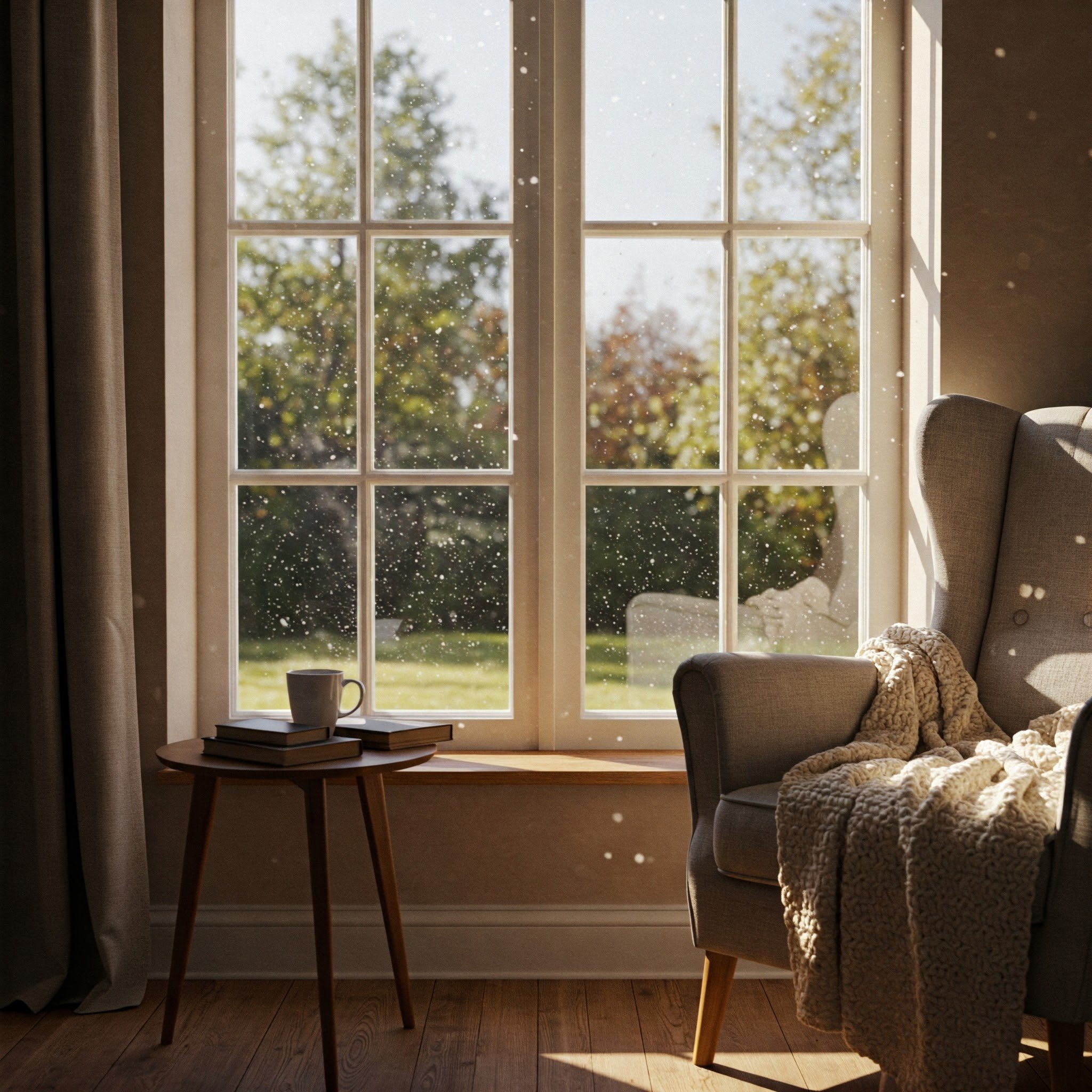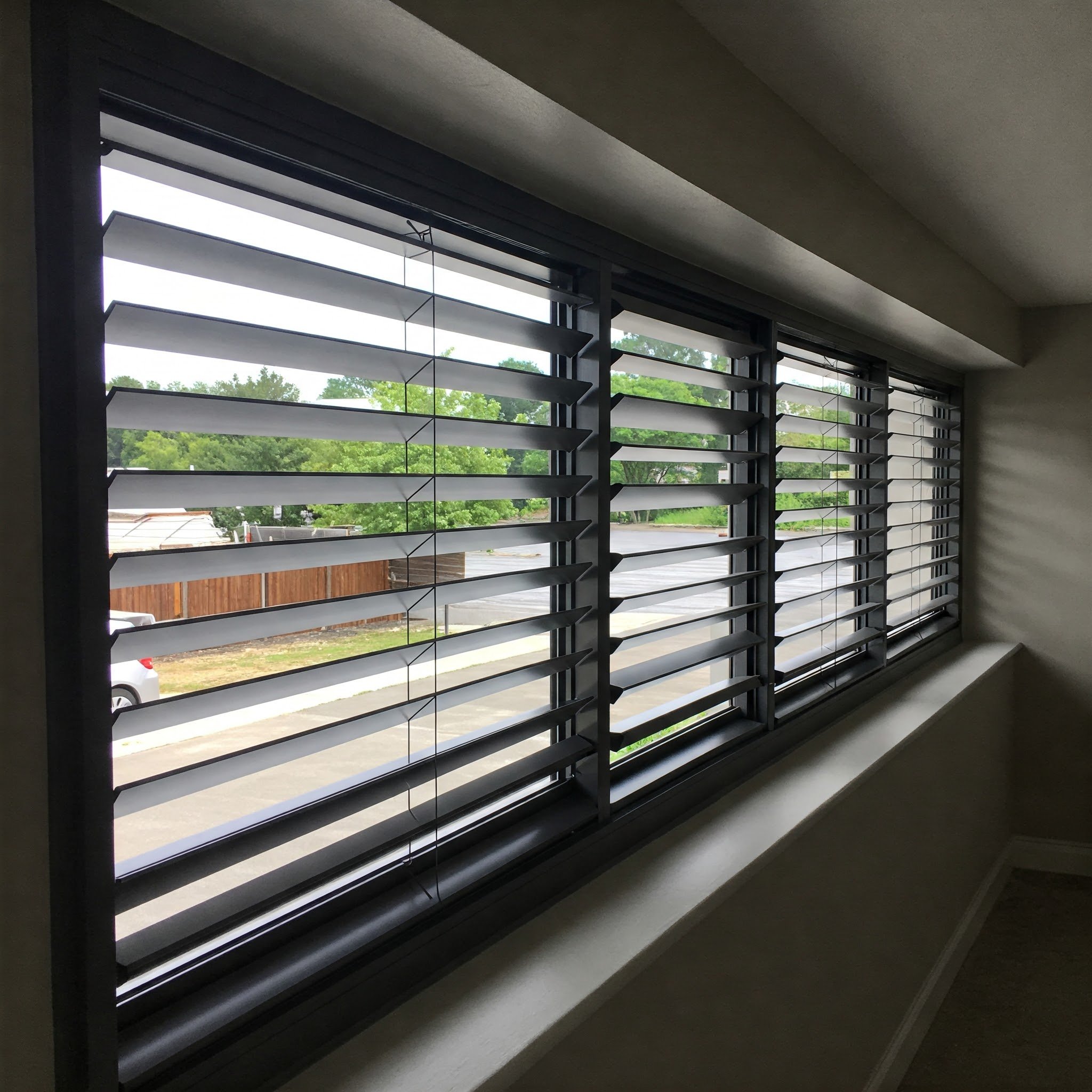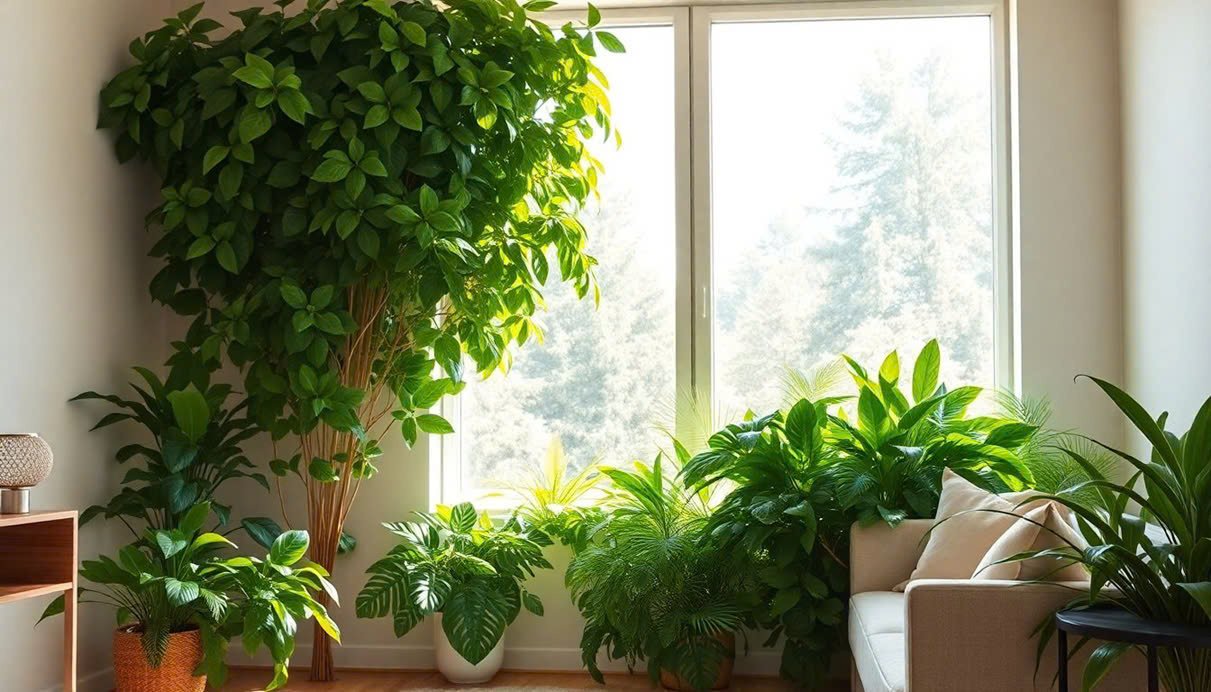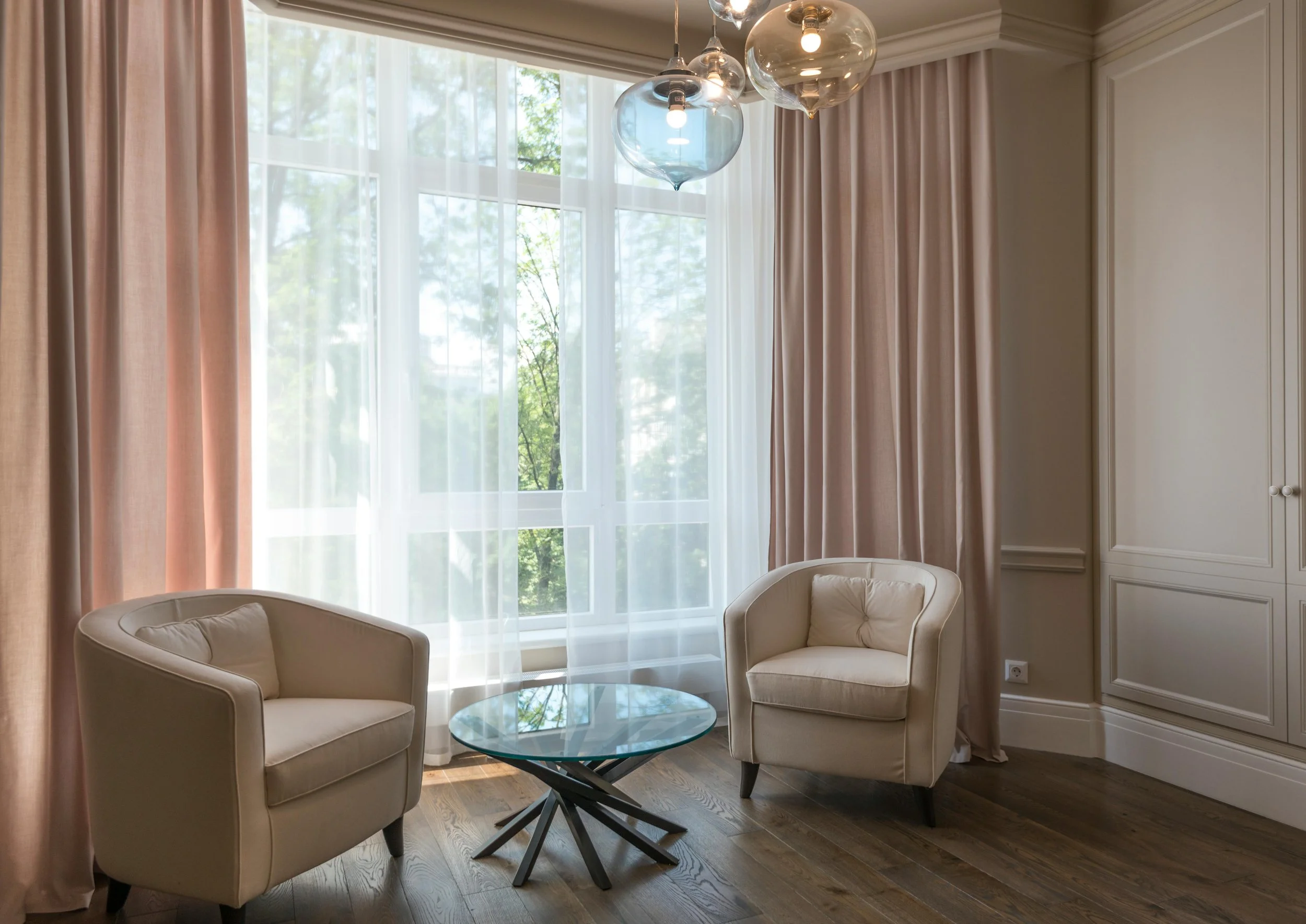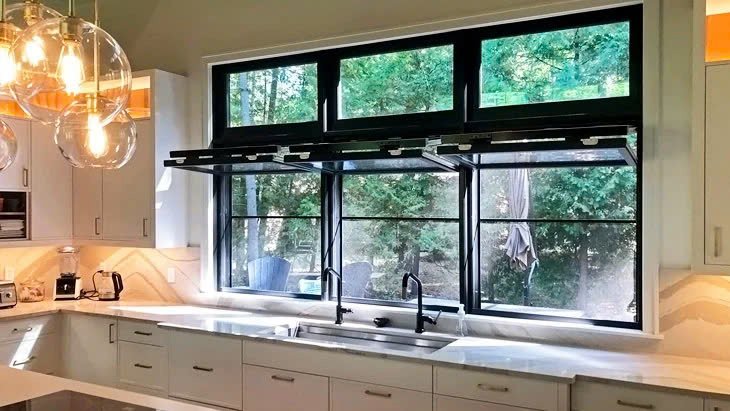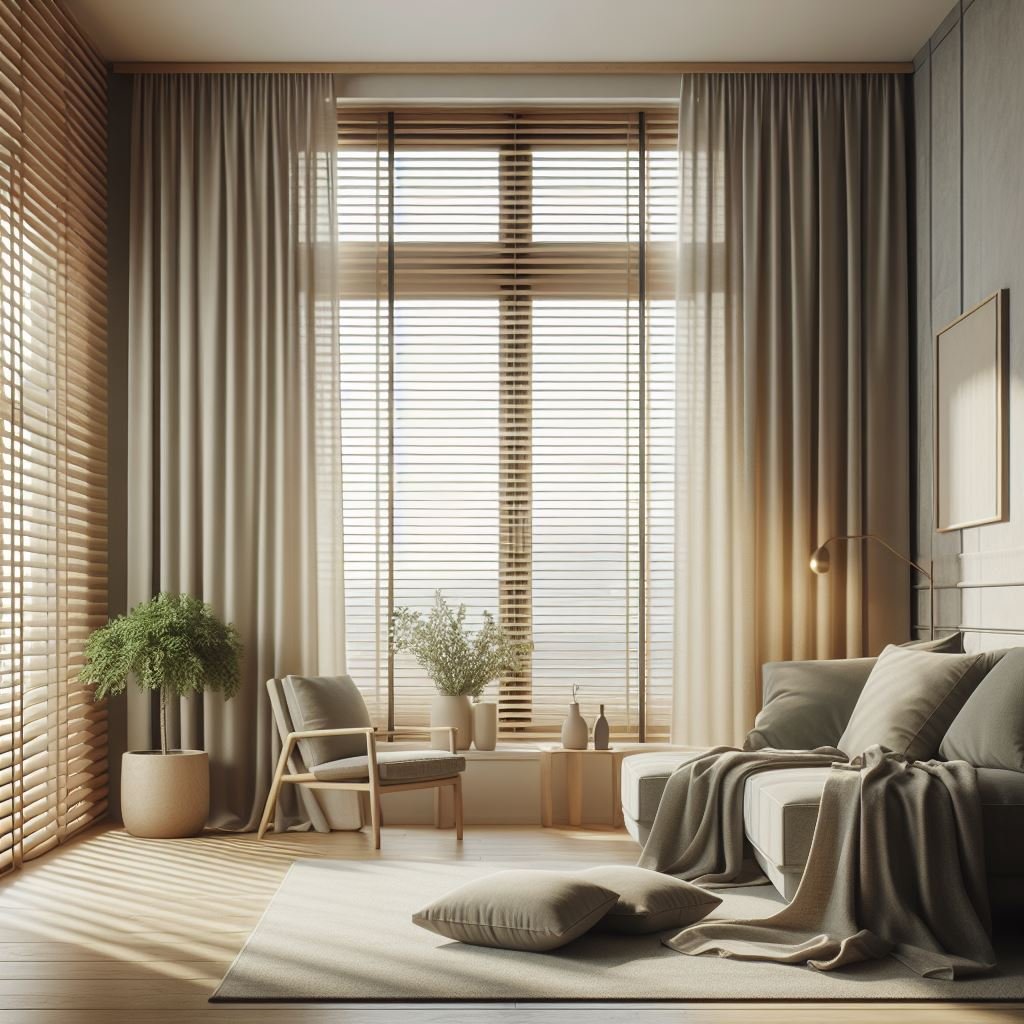How to Decorate Windows with the Best Curtains and Blinds
Discover expert tips for decorating windows with stylish curtains and blinds to enhance your home's aesthetics and functionality.
When it comes to home decor, one of the most impactful ways to transform a room is by decorating your windows. Curtains and blinds not only provide privacy and control light but also play a significant role in enhancing the aesthetic appeal of a space. The right choice of window coverings can set the tone for the entire room, whether you're aiming for a cozy, luxurious, or modern look. Here’s how you can decorate your windows with the best curtains and blinds to create a space that feels complete and inviting.
Understanding Curtain and Blind Options
The first step in decorating your windows is understanding the types of curtains and blinds available. Curtains are typically made of fabric and hang from a rod or track system, while blinds are usually made from hard materials such as wood, vinyl, or aluminum and can be adjusted for light control. Curtains are often chosen for their soft, flowing aesthetic, while blinds offer a sleeker, more structured look.
When selecting curtains, it’s important to keep in mind the standard curtain sizes for your window. Curtains typically come in lengths like 84 inches, 96 inches, or 108 inches, and widths that range from 48 inches to 144 inches. These measurements will help you determine which size works best for your windows and whether you need to customize them to suit your space. For blinds, you’ll also need to measure both the width and height of your window accurately to ensure a perfect fit.
1. Choosing the Right Fabric and Material
The fabric you choose for curtains plays a huge role in both the look and functionality of the window treatment. Heavier fabrics, like velvet or brocade, are great for creating a luxurious and dramatic feel. These types of curtains are excellent for colder months, as they help to insulate the room and keep drafts at bay.
For a lighter, airier feel, consider linen, cotton, or sheer fabrics. These materials allow natural light to filter through while still providing some degree of privacy. Sheer curtains are perfect for spaces where you want to maintain brightness without sacrificing style. Linen, on the other hand, is ideal for adding a relaxed, coastal vibe to a living room or bedroom.
Blinds are a great alternative if you prefer more control over light and privacy. Wood blinds offer a warm, natural look and are perfect for traditional or rustic interiors. Faux wood blinds are a great option if you're looking for a more affordable or moisture-resistant version, especially for kitchens or bathrooms. Aluminum blinds, with their sleek appearance, are a popular choice for contemporary spaces, offering both style and durability.
3. Deciding Between Curtains and Blinds
The decision between curtains and blinds often depends on the functionality you need. If you are looking to maximize light control, blinds are a better choice because they can be adjusted with precision. Horizontal or vertical blinds can be tilted to allow just the right amount of sunlight into the room. This makes them ideal for offices, kitchens, or any space where glare might be an issue.
On the other hand, curtains are typically more versatile in terms of design. They can be layered, paired with valances, or styled with decorative tiebacks for a more customized, sophisticated look. In living rooms or bedrooms, curtains are often preferred for their softness and aesthetic appeal.
Many homeowners opt to combine both—pairing blinds for functionality with curtains for added style. For instance, you might install wooden blinds for privacy and use curtains to soften the look or add a pop of color and texture. For more design inspiration, visit styleofhome.com.
3. Choosing the Right Color and Pattern
The color and pattern of your curtains or blinds should complement your room’s overall color scheme. For a neutral look, opt for shades like beige, gray, or white. These hues work well in any space and can blend seamlessly with various decor styles. If you’re feeling more adventurous, bold colors or patterns like floral, geometric, or stripes can make a statement and serve as a focal point in the room.
When considering patterns, think about the scale and style of the space. Large, bold patterns are great for larger rooms or spaces with minimal decor. For smaller spaces or more understated interiors, soft, subtle patterns or solid-colored fabrics can create a cohesive look without overwhelming the space.
4. Layering Curtains and Blinds for Style and Function
Layering curtains and blinds is a great way to balance aesthetics with functionality. This approach is especially effective in bedrooms, where you might want the flexibility of adjusting light levels and privacy while still enjoying the elegance of draped curtains. By combining sheer curtains with blackout blinds or shades, you can have full control over both light and privacy at any time of the day.
For example, in a bedroom, you can hang a pair of light, sheer curtains to let in the daylight, while installing blackout blinds behind them to ensure a dark and restful environment at night. The layered look adds depth and texture to your windows and contributes to a cozy, inviting atmosphere.
5. Installation and Maintenance
Proper installation is crucial to the effectiveness and aesthetics of your curtains or blinds. Make sure the curtain rod is securely mounted and that the blinds are installed correctly to avoid functionality issues down the line. Curtain rods should extend beyond the width of the window frame to give the appearance of larger windows, while blinds should cover the entire window area for maximum light control.
When it comes to maintenance, fabric curtains require regular washing or dry cleaning depending on the material, while blinds often only need dusting or wiping down with a damp cloth. Always check the manufacturer’s instructions to ensure you’re caring for your window treatments properly.
Conclusion
Decorating your windows with the best curtains and blinds can dramatically alter the look and feel of a room. Whether you choose flowing fabrics for a soft, inviting atmosphere or sleek blinds for a modern, minimalist look, your window treatments can elevate your interior design. Be sure to consider the fabric, color, style, and functionality to create a space that feels tailored to your tastes and needs.



